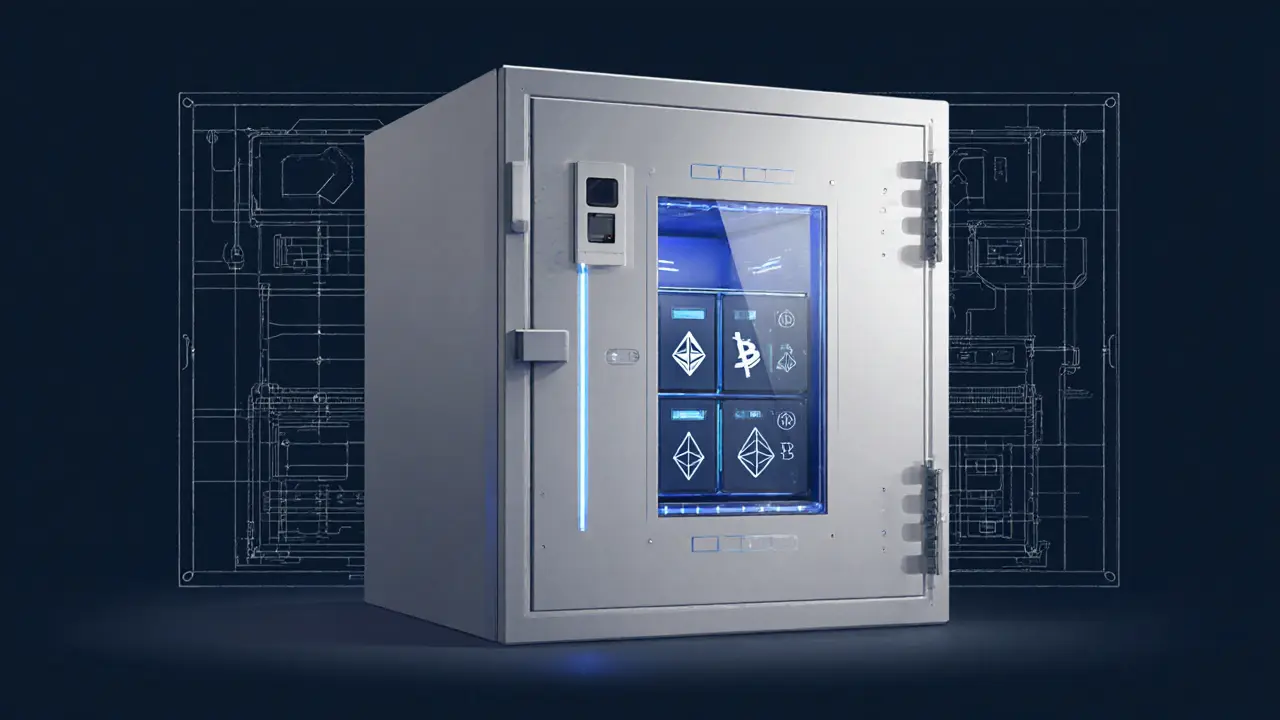Asset Forfeiture: What It Is and Why It Matters
When dealing with Asset Forfeiture, the legal process where authorities take ownership of property tied to illegal activity. Also known as seizure, it can happen in both criminal and civil courts. Civil Forfeiture lets the government confiscate assets without charging a person of a crime, while Money Laundering investigations often trigger the criminal side of forfeiture. In short, asset forfeiture sits at the crossroads of law enforcement, financial regulation, and everyday investors.
Understanding asset forfeiture is crucial for anyone handling crypto, stocks, or other digital assets. If a regulator suspects your wallet is linked to fraud, they can freeze the balance, freeze exchange accounts, or even compel exchanges to turn over user data. This is why compliance teams build robust KYC (Know‑Your‑Customer) and AML (Anti‑Money‑Laundering) programs – they aim to prevent the triggers that lead to forfeiture. A well‑designed compliance framework can reduce the risk of a costly seizure and keep your trading operations running smoothly.
Key Players and Processes
Asset forfeiture requires clear legal authority, which usually comes from a court order or a regulatory mandate. Law enforcement agencies—like the FBI in the U.S. or the Ministry of Public Security in China—investigate suspicious transactions, gather evidence, and then request a seizure warrant. Once granted, the seized assets may be auctioned, held as evidence, or transferred to a government fund. In crypto, the process often involves tracing blockchain addresses, freezing exchange deposits, and working with custodians to lock the coins. The outcome of a forfeiture case depends on whether the proceeding is civil or criminal. Criminal forfeiture follows a conviction, meaning the owner has already been found guilty of a crime. Civil forfeiture, on the other hand, can proceed even if the owner is never charged, based solely on the property's alleged connection to illegal activity. Both routes aim to disrupt criminal networks, but civil cases have drawn criticism for potential abuse.
Another important factor is the type of asset involved. Traditional assets like cash, vehicles, and real estate are common targets, but digital assets are gaining attention. Crypto seizures have risen sharply in the past few years, especially in jurisdictions tightening anti‑money‑laundering rules. Exchanges such as Gate.io, Binance, and regional platforms often cooperate with authorities to freeze accounts linked to illicit activity, making compliance a top priority for these businesses.
For traders and investors, the practical impact of asset forfeiture shows up in a few ways. First, sudden freezes can lock up funds, causing liquidity problems and missed market opportunities. Second, the stigma of a seized account can damage reputation and limit access to other platforms. Finally, regulatory fines and legal costs can add up quickly. Staying informed about the latest forfeiture laws—whether in Thailand, Russia, or China—helps you anticipate changes and adjust your strategy before a seizure happens.
Below you’ll find a curated list of articles that break down the mechanics of crypto seizures, explore regional regulations, and offer step‑by‑step guides to stay compliant. From understanding how sidechains interact with mainblockchains to navigating the complexities of underground crypto premiums in banned jurisdictions, the posts ahead give you actionable insights to protect your assets and trade with confidence.
Global Asset Forfeiture and Cryptocurrency Seizures by Country - 2025 Overview
Explore how countries seize and manage cryptocurrency assets in 2025, from the U.S. Strategic Bitcoin Reserve to global enforcement trends and policy impacts.
VIEW MORE
